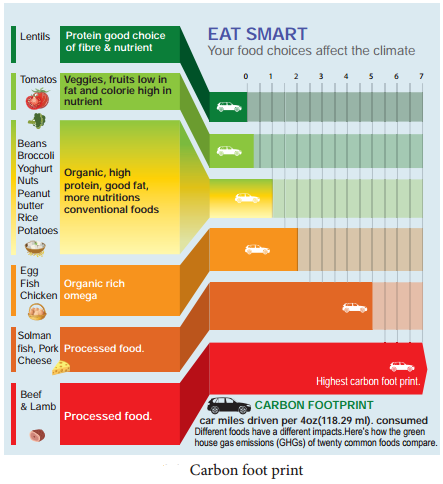Learninsta presents the core concepts of Biology with high-quality research papers and topical review articles.
History Of Agriculture
There are unique opportunities that plant breeding and agriculture offer the historian of biology, and unique ways in which the historian of biology can inform the history of plant breeding and agriculture (Harwood, 2006. Phillips and Kingsland, 2015).
There are also of course questions and challenges that the study of agricultural sites share with the study of other biological sites, such as those in medicine (Wilmot 2007. Woods et al. 2018), the environment (Agar and Ward 2018), and non-agricultural industries (Bud 1993).
Indeed, in some instances the agricultural, medical, environmental, and biologically industrial will be one and the same. This is to say nothing of what agricultural sites share in common with histories of science beyond biology, but that is a broader discussion I can only mention in passing (Parolini 2015).
This chapter will first address what agriculture has in common with themes that cut across this handbook, before turning in Part 2 to issues, problems, and questions that stem from agriculture’s particular features, ending in Part 3 with paths for future work.
The chapter therefore treats the intersection of biology and agriculture as demanding its own integrated attention, the two parts making up a larger historiographical whole. There are a number of reasons to give agricultural sciences and technologies this kind of autonomy from the historiography of biology at large.
First, it reminds us to question the nature, direction, and extent of influence that biological science and agriculture have had on one another.
Second, it promotes a more symmetric understanding of the knowledges that have mattered for biological science and agriculture. This is particularly important because so much of the history of biological science in agriculture has been about establishing the authority of scientific expertise over agriculture, often in competition with other kinds of expertise distributed throughout farming.
If we did not approach agricultural contexts symmetrically we might end up recapitulating the very arguments we are meant to be analysing. Third, it establishes a healthier and more distant vantage point for the historian, keeping the existing historiography of biology at arms length, allowing us to better observe its deficiencies and assumptions.
Aside from giving autonomy to the agricultural in histories of biology, there is another broad historiographical point to make. Historians of biology and agriculture have to strike a balance between which historiographical lineage they dedicate their work to, or indeed, whether they see themselves contributing to both histories of biology and agriculture simultaneously.
In some respects this issue is itself unique to agriculture, for if we look at the other topics in this handbook only one or two other chapters are asked to compete with completely different sets of scholarly lineages in their telling, these including Tracy Teslo on Race and Ethnicity, Marsha Richmond on Women, and Ana Barahona on the transnational.
Yes, other kinds of historian and scholar may make important interventions on the history of eugenics, Darwinism, and biotechnology, but when it comes to these topics nobody is in a position to outbid the historian of biology.
Agriculture is different, both in content, thanks to the variety of experts that it enrols across a very wide range of potential specialist areas, and also in terms of the historiographical landscape in which it sits, because agriculture has indeed belonged to whole other kinds of historian, be they social historians, economic historians, or historians of agriculture and the environment.
Ultimately all my talk of ownership and bidding is petty, and of course even in those topics that seem primarily the concern of the historian of biology other historical traditions and branches of scholarship are constantly being drawn in.
What I mean to convey is that: historians of biology have been late to agriculture; their insights have not always been understood as relevant or complementary to the history of agriculture; historians of agriculture seem to be getting on all too well without the historian of biology; and that if the recent growth in interest amongst historians of science into the agricultural is to be maintained and consolidated then interdisciplinary awareness is essential.
Here historians of biology offer a suite of valuable opportunities for historians of agriculture, be it through all the techno-imagining that goes into broader agricultural debate, or the chance to rethink social and economic relations on the farm, the meanings embodied in agricultural spaces, organisms, and communal practices, or as Jonathan Harwood has so brilliantly shown, through the issue of global food security (Harwood 2012).
But agriculture also demands a sensitivity and humility from the historian of biology, to know when multiple epistemologies are in play, multiple historiographies, and therefore how to translate any new historical understanding into a form that matters for defined audiences. These audiences should include not only historians of science but also those working on and in agricultural industries.
